Idrw Team
SOURCE: IDRW.ORG.

Indian defence startup Big Bang Boom Solutions (BBBS) recently conducted a successful live demonstration of their man-portable Vajra Sentinel System for senior officials of the Royal Air Force of Oman. This showcase highlights India’s growing prowess in indigenous defense solutions.
The Vajra Sentinel System is designed to address the burgeoning threat of drones in modern warfare.
Continue readingSOURCE: IDRW.ORG.

The Visakhapatnam naval dockyard, a crucial hub for the Indian Navy on the eastern coast, is undergoing a significant infrastructure upgrade. Recent satellite imagery reveals ongoing construction of a modern integration and assembly facility, hinting at potential support for future nuclear submarine production. Additionally, the completion of an auxiliary weapons handling wharf marks a vital step in servicing the Indian Navy’s ballistic missile submarines and submersible missile test barges.
The integration and assembly facility, currently under construction, is shrouded in some secrecy. However, its characteristics suggest it could play a vital role in the production and maintenance of complex vessels, possibly including nuclear submarines. This development aligns with India’s ambitious plans to bolster its nuclear deterrence capabilities, and the Visakhapatnam dockyard, with its established expertise, is a prime candidate to support such endeavors.
Continue readingSOURCE: IDRW.ORG.

The LCA Tejas Mk1 has recently been spotted with the ASRAAM (Advanced Short Range Air-to-Air Missile), marking it the third Close Combat Missile (CCM) under testing for the platform. This development follows the successful testing and validation of the Russian R-73 and Israeli Python-5 CCMs. The integration of these three different CCMs from distinct countries and manufacturers significantly enhances the Tejas Mk1’s combat versatility and complicates adversaries’ countermeasures due to the diverse infrared (IR) sensor technologies and functionalities of each missile system.
Modern aerial warfare relies heavily on electronic countermeasures (ECMs) that can potentially jam or confuse missile guidance systems. By incorporating three distinct CCMs, the Tejas Mk1A makes it more difficult for adversaries to develop a single, effective countermeasure.
Continue readingSOURCE: IDRW.ORG.

Recent analysis of imagery collected over Shigatse Air Base in China reveals the deployment of at least six J-20 stealth fighter jets alongside eight J-10 fighters and a KJ-500 airborne early warning and control aircraft. This deployment signifies a strategic move by China to strengthen its airpower near the disputed Line of Actual Control (LAC) with India.
The J-20 is China’s most advanced fighter jet, boasting stealth capabilities that can potentially disrupt India’s air defense systems. This deployment comes amid ongoing tensions between the two countries following the 2020 Galwan Valley clash.
Continue readingSOURCE: IDRW.ORG.
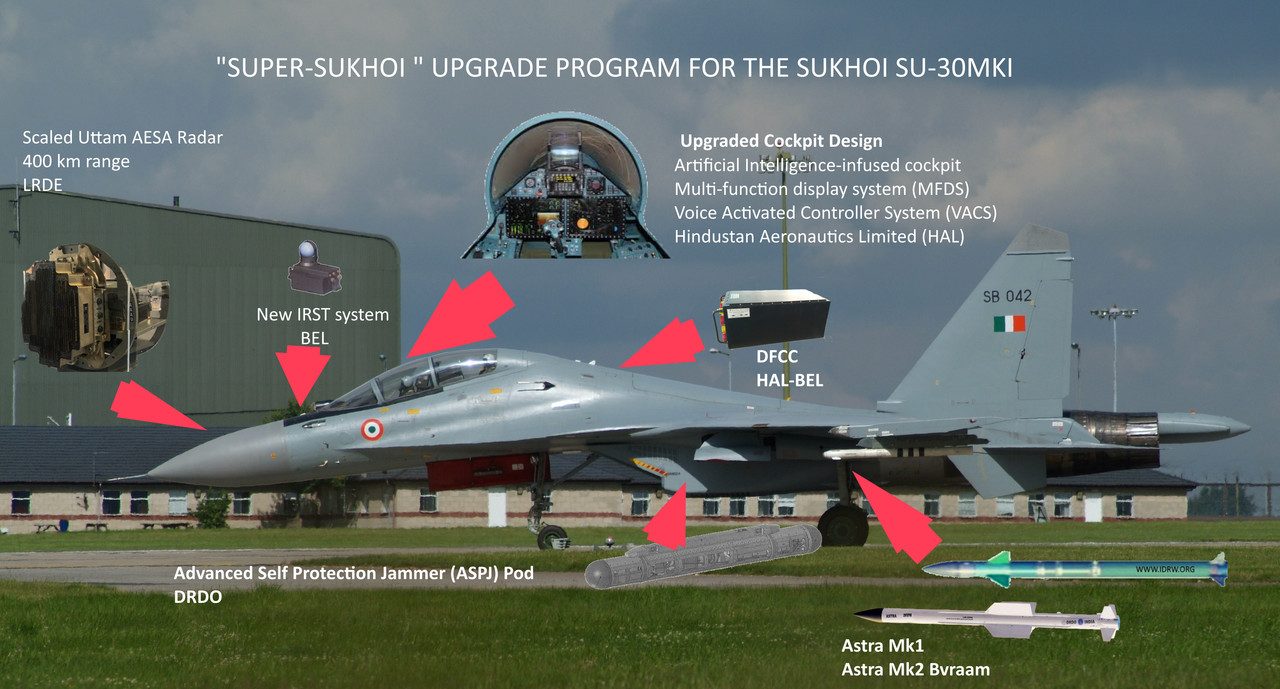
Hindustan Aeronautics Limited (HAL), India’s state-owned aerospace and defense company, is set to spearhead a significant upgrade program for the Indian Air Force’s Su-30MKI fighter jets. This news comes from HAL’s Q4 FY2023-24 earnings report and signifies a major step towards self-reliance in the Indian defense sector.
The earnings report highlights HAL’s designation as the lead agency for the Super Su-30MKI upgrade program. HAL will play a central role in managing the project, overseeing collaborations with Indian vendors, and ensuring the program’s successful execution.
Continue readingSOURCE: IDRW.ORG.
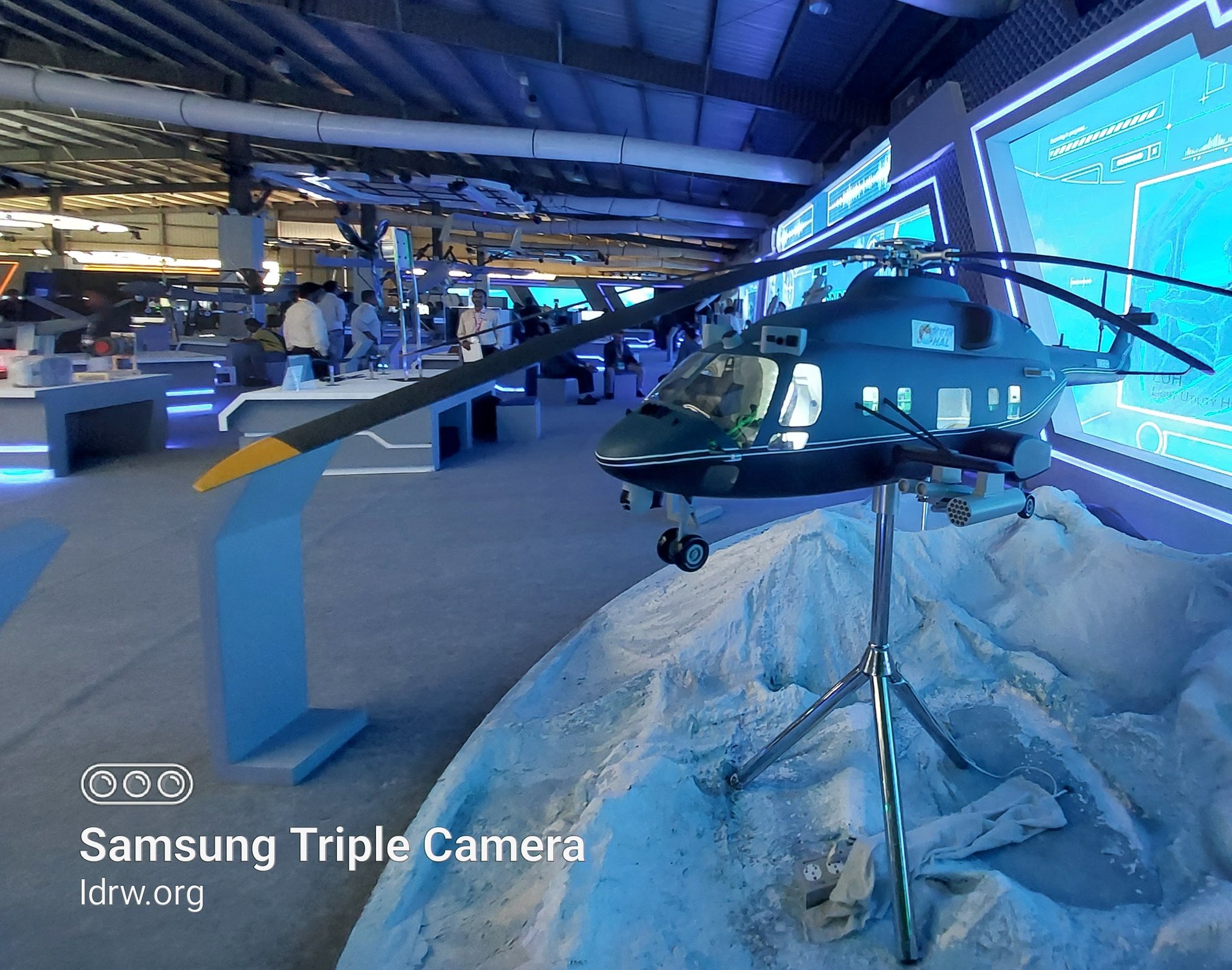
Hindustan Aeronautics Limited (HAL), the Indian aerospace and defense major, has allocated significant funds towards the development of two crucial helicopter programs in its Q4 FY2023-24 earnings report.
The report details a ?4,000 crore budget earmarked for the Indian Multi-Role Helicopter (IMRH) program. This versatile platform is envisioned to fulfill various military roles, including troop transport, combat search and rescue, and reconnaissance missions. The IMRH’s development aims to reduce dependence on foreign helicopters and replace Mi-17 helicopter fleet and equip the Indian Armed Forces with a domestically produced, advanced multi-role platform.
Continue readingSOURCE: IDRW.ORG.
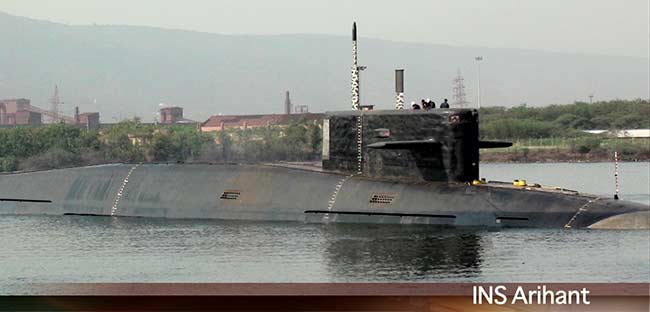
India’s nuclear deterrence capabilities are set to receive a significant boost with the upcoming commissioning of its second nuclear-powered ballistic missile submarine (SSBN), INS Arighat. According to Janes, a leading defense intelligence provider, the commissioning is expected by the end of 2024.
INS Arighat will join its predecessor, INS Arihant, which was commissioned in 2016. This marks a crucial step in India’s development of a credible nuclear triad – the ability to deliver nuclear weapons by land, sea, and air.
Continue readingSOURCE: IDRW.ORG.

A WC-135R Constant Phoenix, a specialized US Air Force aircraft nicknamed the “nuclear sniffer,” was spotted conducting a mission off the west coast of India. While the exact nature of the operation is unclear, it’s likely a calibration flight to ensure the aircraft’s systems are functioning properly.
The WC-135R, nicknamed “Nuclear Sniffer,” plays a vital role in upholding the Limited Nuclear Test Ban Treaty of 1963 by detecting radioactive materials in the atmosphere. Operating out of Diego Garcia, the aircraft likely flew near India’s Kaiga Nuclear Power Plant and the Trombay Nuclear Research Facility managed by Bhabha Atomic Research Centre (BARC) in Mumbai.
Continue readingSOURCE: IDRW.ORG.

The Indian Army has developed a resourceful and innovative solution to enhance its anti-tank capabilities. They have modified a tractor to serve as a mobile launcher for Konkurs-M anti-tank guided missiles (ATGMs). This ‘Jugad’ (Hindi for ingenious improvisation) creation, named the Improvised Tractor Mounted ATGM, can carry four ATGMs for quick reloading, with one launcher mounted on the tractor itself.
The Konkurs-M missile is a second-generation, mechanized infantry weapon designed to take down armored vehicles, including those equipped with explosive reactive armor. Offering versatility, it can be launched from both BMP-II tanks and ground launchers. With a range of 75 to 4,000 meters and a flight time of 19 seconds, the Konkurs-M provides a significant advantage in engaging enemy armor.
Continue readingSOURCE: IDRW.ORG.
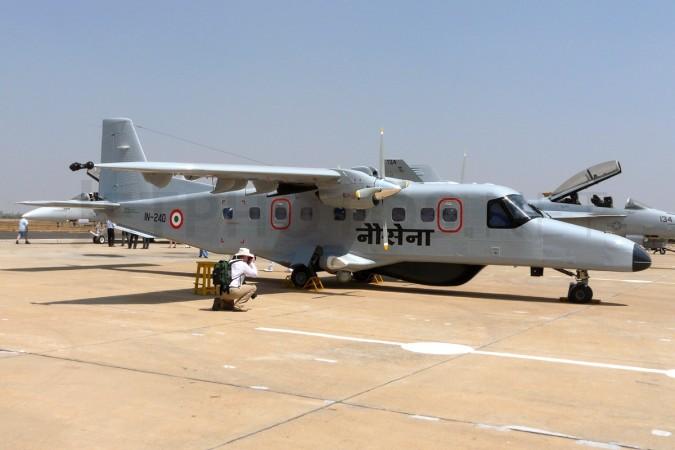
India’s defense research agency, the Defence Research and Development Organisation (DRDO), is making strides in aerial surveillance with the development of a high-resolution radar for Dornier-228 aircraft manufactured by Hindustan Aeronautics Limited (HAL) under license.
This X-band Synthetic Aperture Radar (SAR) utilizes microwave technology to deliver real-time intelligence to decision-makers. Its all-weather and day-night operation capabilities make it a valuable asset for various missions.
Continue readingSOURCE: IDRW.ORG.

The Indian Air Force (IAF) received a significant boost with the swift delivery of 15 RD33 series engines by Hindustan Aeronautics Limited (HAL) within a month of signing the contract. This rapid turnaround underscores the priority placed on upgrading the IAF’s MiG-29 fleet.
The Rs 5300 crore contract marks a major step towards modernizing the IAF’s fighter jets. The RD33 engines are expected to significantly enhance the performance and lifespan of the MiG-29UPG aircraft, bolstering India’s air defense capabilities.
Continue readingSOURCE: IDRW.ORG.

Bengaluru-based Zulu Defence Systems Private Limited is making waves in the Indian defense sector with two innovative technologies: DRAP and HOVERBEE.
DRAP stands for “Deployable Recce & Attack Platform.” This revolutionary system is a hovering munition, essentially a flying weapon, powered by computer vision. With a payload capacity of up to 5kg, DRAP can carry various warheads and fuse options, offering a versatile solution for modern warfare. The computer vision guidance system suggests a high degree of autonomy and precision in target acquisition and engagement.
Continue readingSOURCE: IDRW.ORG.

In a significant development aimed at bolstering bilateral relations, India and Kazakhstan recently engaged in constructive talks focusing on enhancing defence collaboration, procurement, and capability building. The discussions, held in a spirit of mutual cooperation and partnership, underscored the shared commitment of both nations towards strengthening regional security and fostering strategic cooperation.
During the deliberations, representatives from India and Kazakhstan exchanged views on a wide range of issues pertaining to defence engagement, including the exploration of new avenues for collaboration and the exchange of best practices in the field of defence technology and strategy. The talks provided a platform for both sides to reaffirm their commitment to deepening defence ties and leveraging each other’s expertise for mutual benefit.
Continue readingSOURCE: IDRW.ORG.
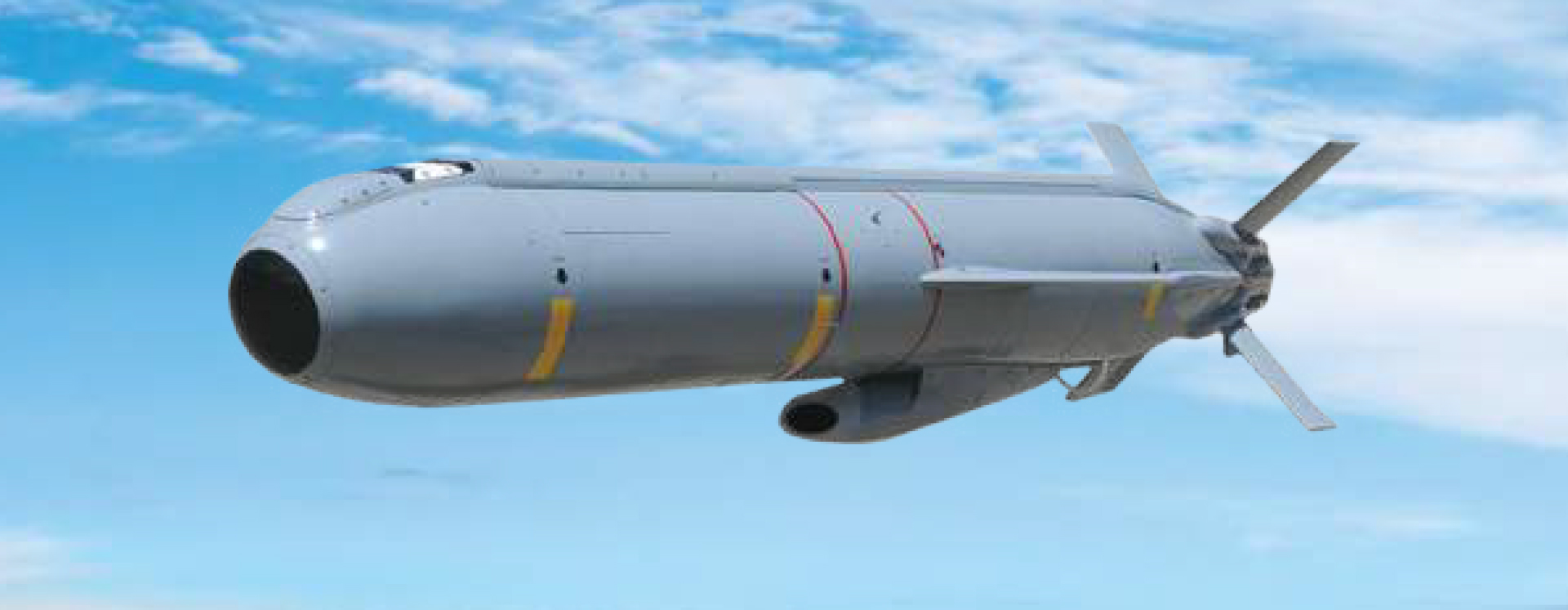
Elbit Systems has been courting the Indian Air Force (IAF) for some time now, offering its Delilah series of air-to-surface missiles. According to sources familiar with the program, the IAF is actively evaluating the Delilah as a potential addition to its arsenal, considering factors like price, technology transfer terms, and overall capabilities.
The Delilah missile stands out for its ability to loiter in an area before striking, allowing for positive target identification and minimizing collateral damage. This advanced weapon system boasts of a turbo-jet engine that enables a range of 250 kilometers and the ability to adjust flight profiles for optimal mission execution.
Continue readingSOURCE: IDRW.ORG.

The Defence Research and Development Organisation (DRDO) is seeking collaboration with private Indian companies for the manufacturing and fabrication of a hybrid Brake Parachute system for the Light Combat Aircraft (LCA) Tejas.
The Brake Parachute plays a vital role in ensuring the safe landing of the LCA. It supplements the aircraft’s primary wheel braking system by reducing its landing run, particularly beneficial on runways with limited space.
Continue reading